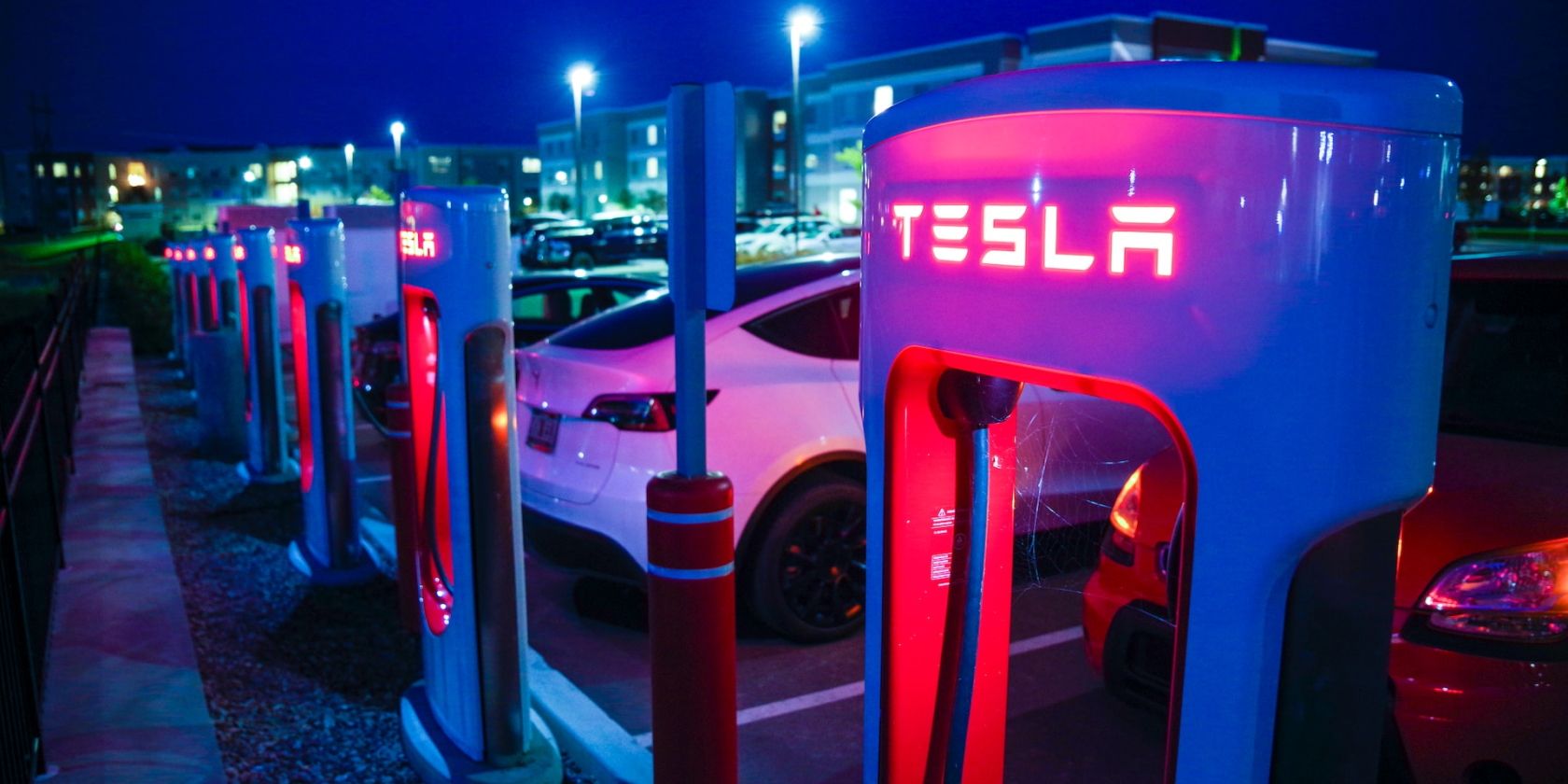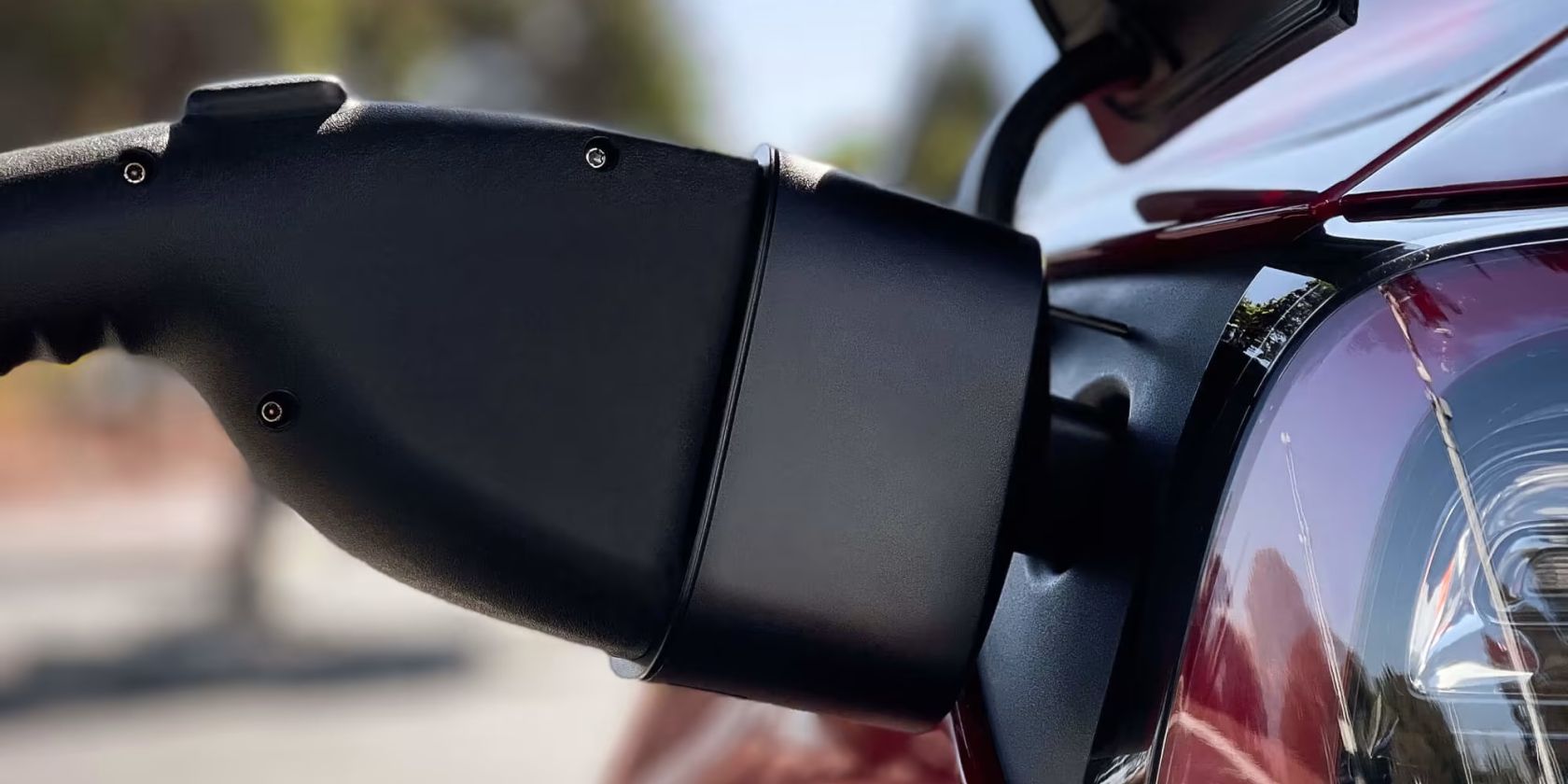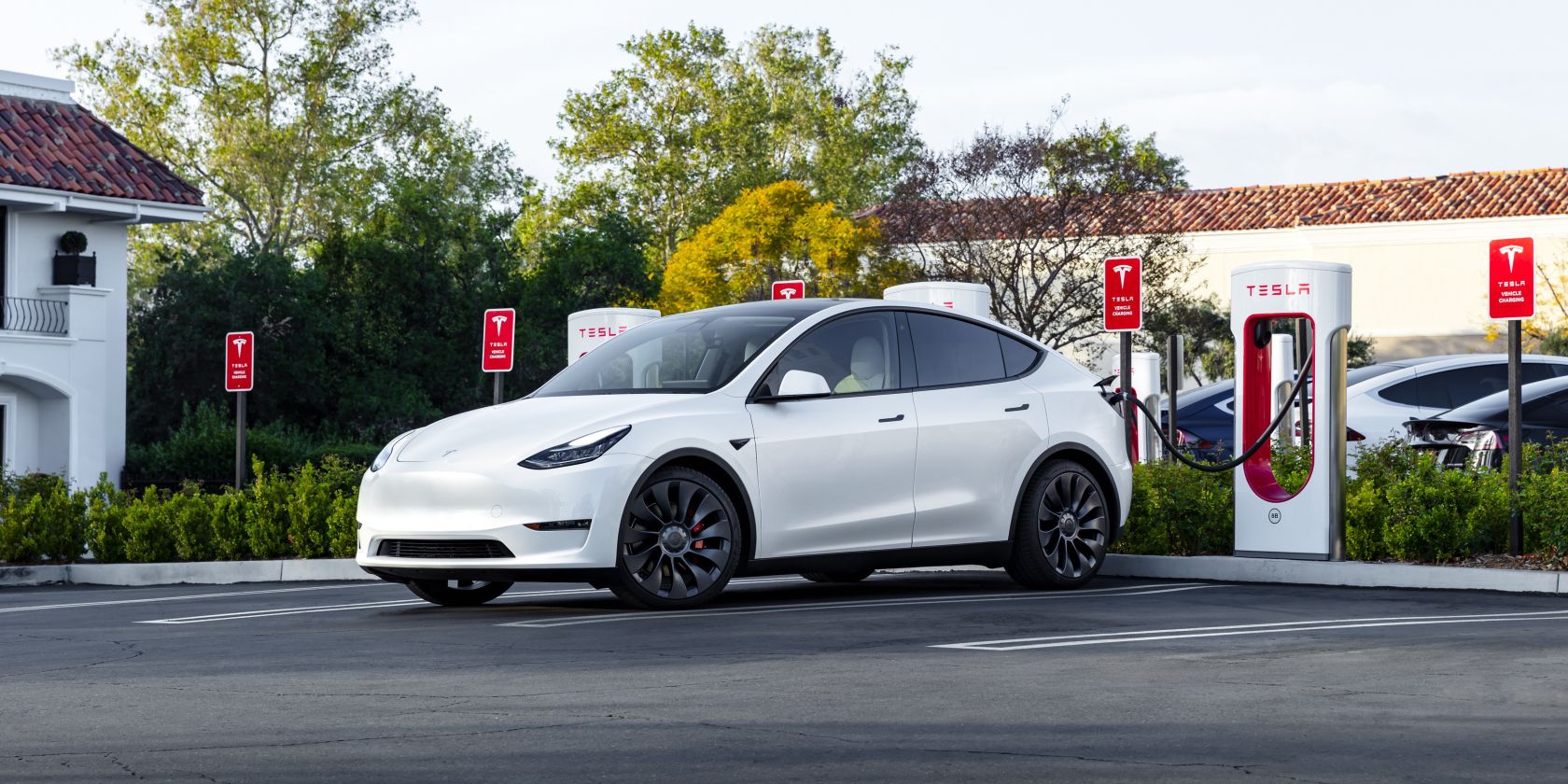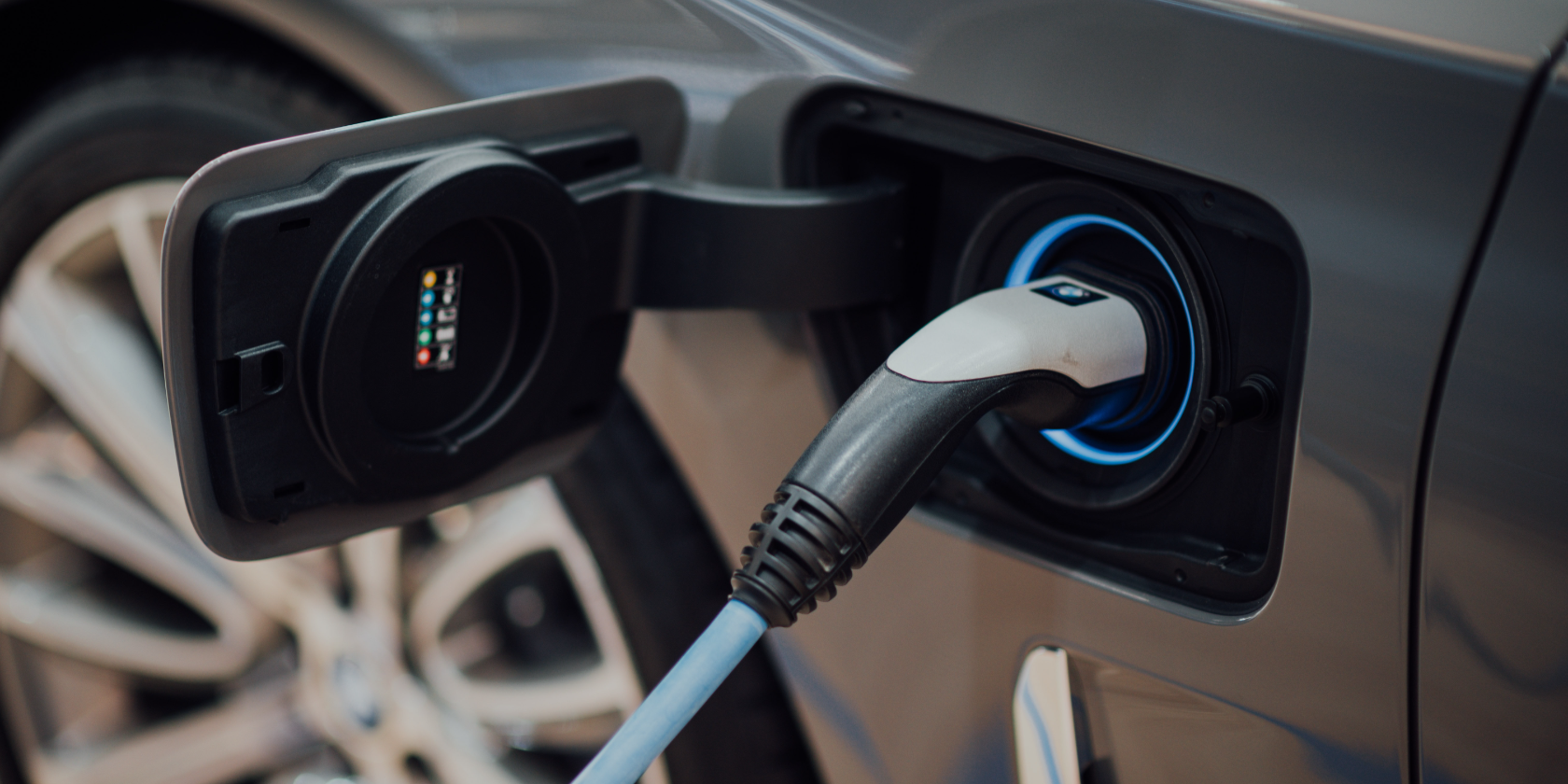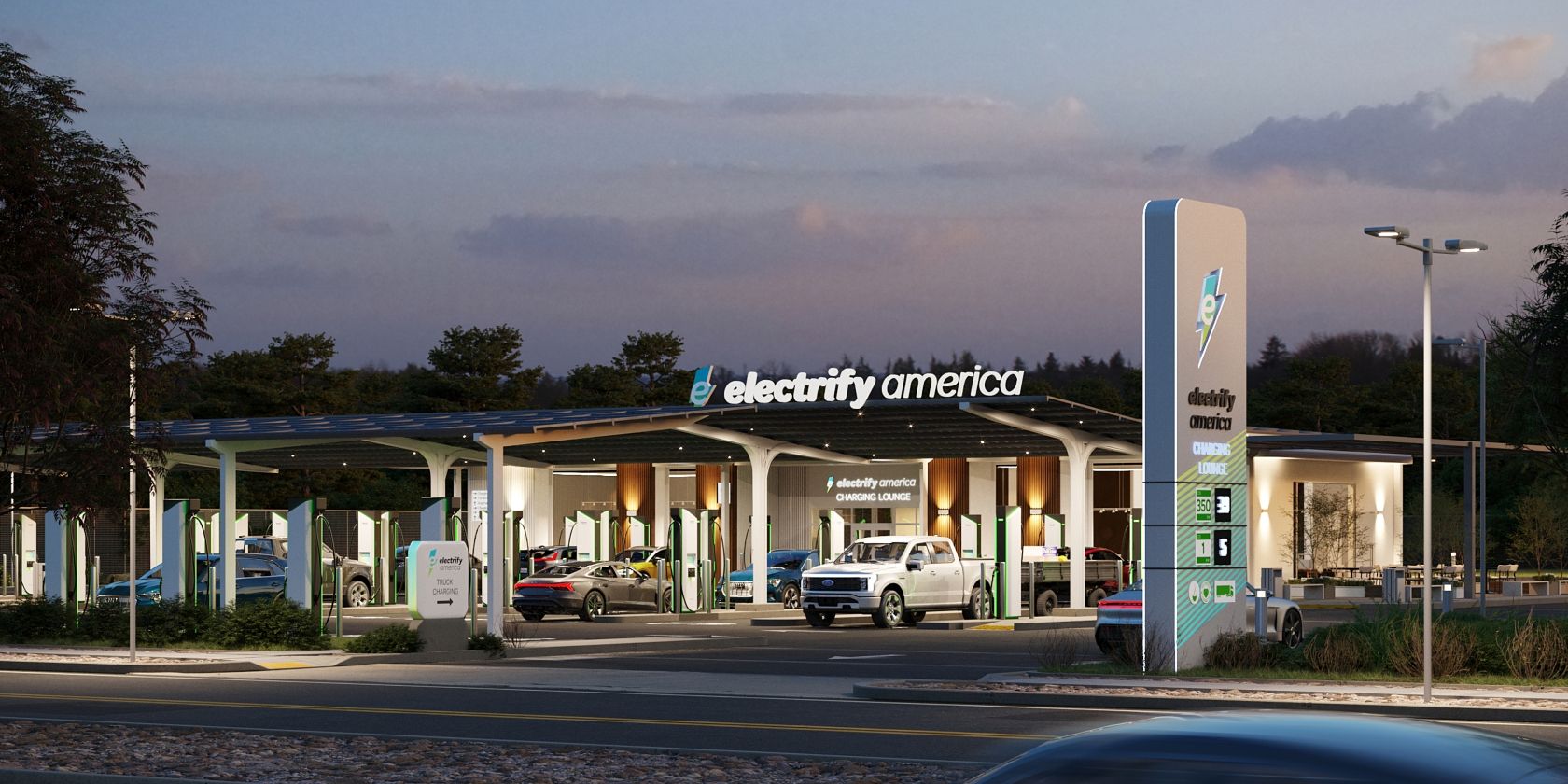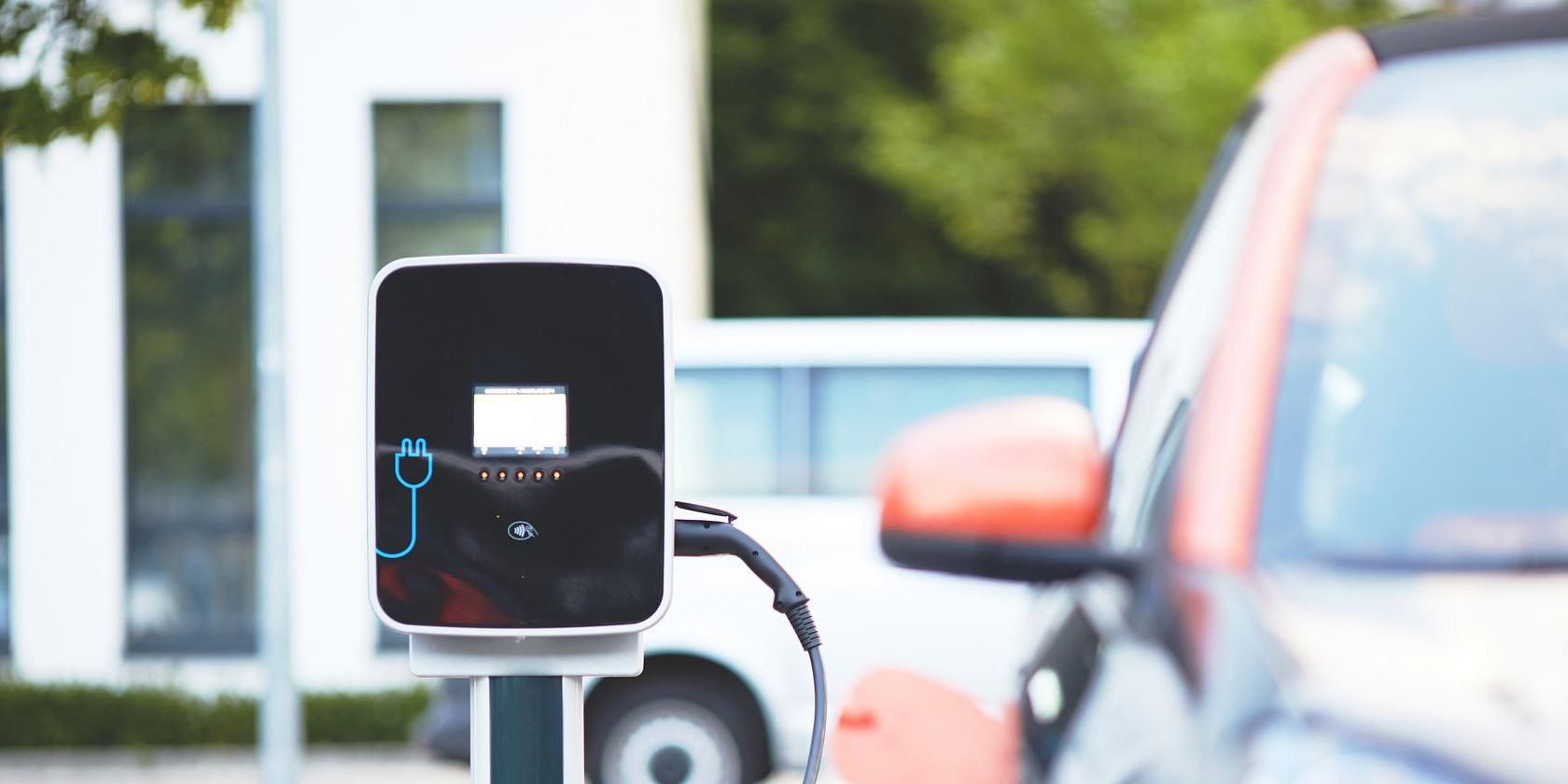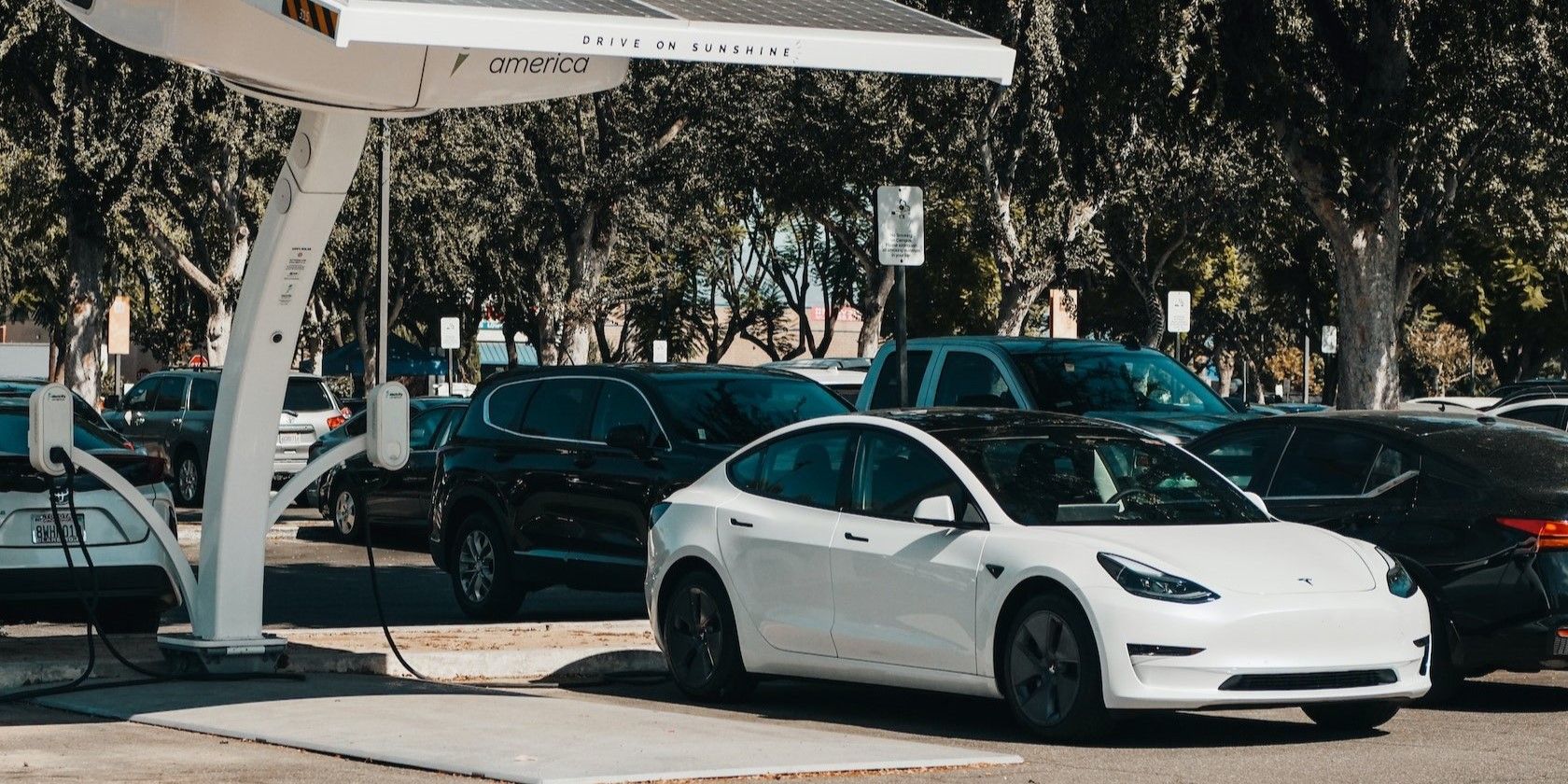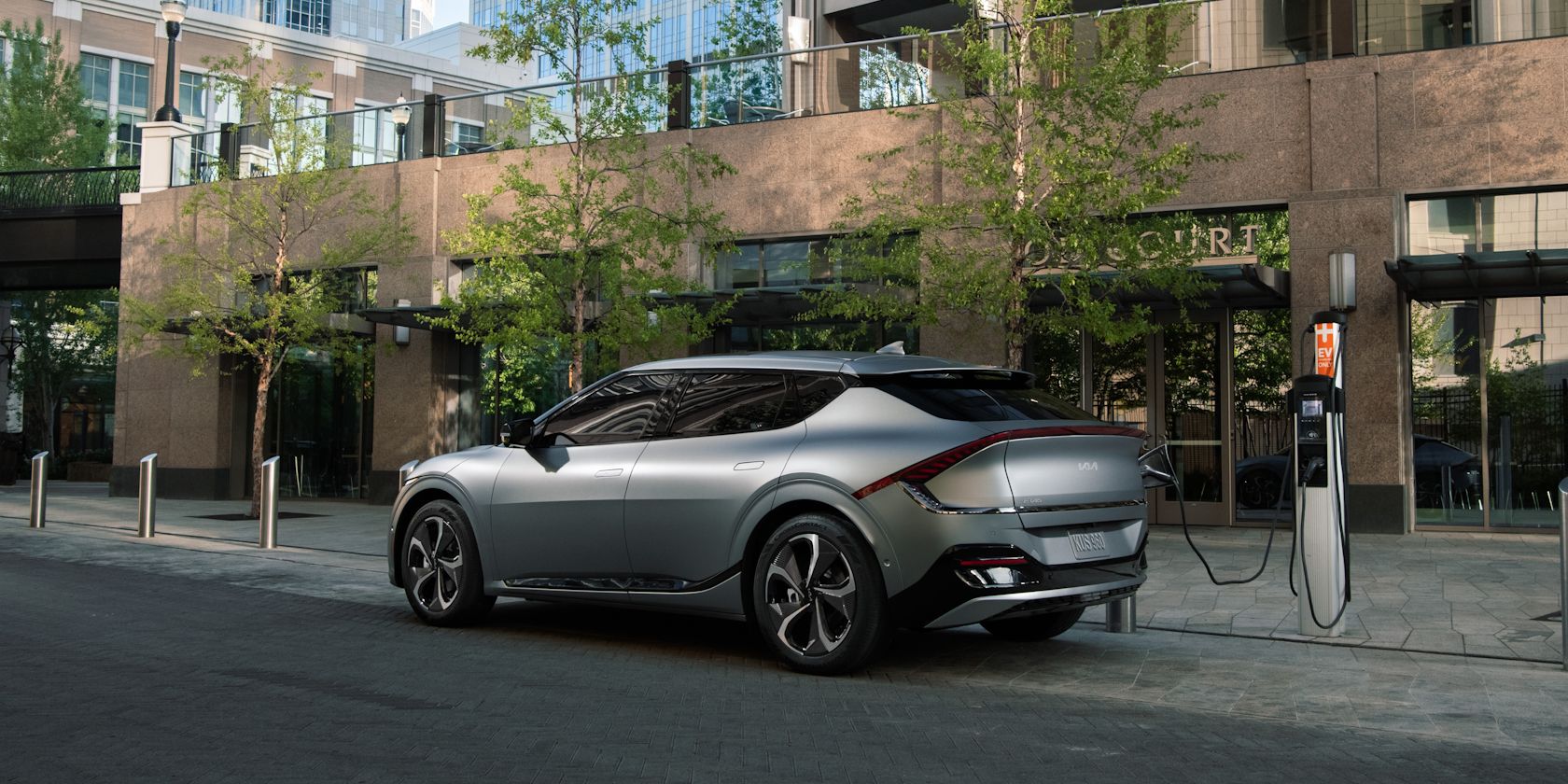Key Takeaways
- EV charging station availability is a major issue, with 20.8% of US EV owners encountering out-of-order public chargers, but Tesla's Supercharger network is more reliable.
- Compatibility issues between charging standards (CCS and Tesla's NACS) pose a challenge, but the market is leaning towards adopting Tesla's standard by 2025.
- Short charging cables and slow charging speeds are common issues. Different charging port locations and weather conditions can affect the charging experience.
Electric vehicle adoption is expected to gain momentum over the next decade as the world focuses more on moving away from fossil fuels. However, one of the biggest challenges holding back electric vehicle adoption is developing a reliable charging infrastructure.
Hopefully, we can get to the point where charging your EV will be as seamless as refueling a gasoline vehicle. But for that to happen, several problems with EV charging stations need to be solved.
1. Charging Station Availability
If you’ve driven an electric car long enough, there is a high chance you’ve encountered public charging stations that are out of order or that just won't work. In most cases, the chargers are out of service due to software issues, broken parts, bad weather, vandalism, a lack of maintenance, or a combination of these factors.
How common is the problem? According to a survey done by J.D. Power, 20.8% of US EV owners encounter public chargers that are out of order.
However, the Tesla Supercharger network is more reliable, with very few reported cases of chargers that are out of service. This is one of the reasons why automakers such as Ford, Rivian, Polestar, Volvo, Nissan, Mercedes-Benz, Honda, and General Motors have partnered with Tesla to access its Supercharger network.
2. Compatibility Issues
There are two popular types of EV charging standards in North America: CCS and Tesla’s NACS. This means if you have a non-Tesla EV, you won’t be able to fast-charge it at most Tesla Supercharger locations without an adapter. Similarly, if you own a Tesla, you won’t have the option to fast-charge it at most locations outside the Tesla Supercharger network without an adapter.
This may take some getting used to, but even if you don’t mind using an adapter, sometimes it may take a few tries of plugging the charger in before it works.
The problem will be solved if legislators pass a law to implement a universal charging standard, like it has been done in Europe, where the vast majority of EVs use the CCS charging standard. However, market will likely decide in North America, considering most automakers will adopt Tesla's NACS standard by 2025.
3. Short Charging Cables
If you don’t own a Tesla, you may find that the charging cables are too short at a Tesla Supercharger network. This is because Tesla’s NACS charging cables are specifically designed for Tesla vehicles, all of which have the charging port on the left rear tail light; non-Tesla EVs have the charging port in different locations, and this can cause problems.
Of course, you can always park your non-Tesla EV closer to the charging plug at a Tesla DC fast-charging station to solve that problem. However, if there are other Tesla EVs at the charging station, you may be blocking their charging spots unless your EV happens to have its charging port on the back left or back right.
4. Slow Charging Speed
In some cases, the charging speed at public stations could be slower than usual. This is common due to faulty charging connectors, limited power availability, or software issues.
Besides that, you could experience slower charging speeds if you’re using an adapter. For instance, if you’re charging an EV with an 800-volt architecture at a Tesla’s NACS plug using an adapter, it won’t max the charging speed.
However, sometimes the slow charging speed of your EV has nothing to do with the charging connector. If you're charging your EV in hot weather or freezing conditions, it could be slower than expected to prevent damage and accelerated battery degradation.
It's always worth noting that no matter how fast a charger may be, the maximum charging speed of your EV is what limits the rate of charge. For example, if you own a Chevy Bolt, it won't exceed its maximum DC charging speed of 55 kW, even if you connect it to a 350 kW DC fast charger.
5. Charging Station Queuing and Etiquette
Most public EV charging stations are integrated into parking lots along major routes, with no written rule on who should charge first. Most public stations are not set up for queuing, and EV drivers have no option but to wait at a random spot, hoping somebody else won’t take their place. Because of that, there are often disputes on which EV should charge next after a charging spot is left vacant, and in some heated moments, they escalate into fights.
Believe it or not, the best solution that has come so far to solve the queuing problem is designing EV charging stations that are almost similar to gas stations with a drive-through lane that makes it easier to queue. Electrify America and Tesla have designed EV charging stations similar to gas stations at a few locations to solve the "who was here first" arguments. Alternatively, you could check in to an EV charging station finder app to record that you’re next in line, but there could still be disputes since not everybody uses apps to check in.
Beyond that, there are often conflicts due to the unwritten rules of charging station etiquette. For instance, people unplugging your EV to charge theirs, blocking other charging spots, or staying at a Level 3 charger longer than necessary while other people are waiting can cause disputes at charging stations.
6. Complicated Charging Process
Most charging stations require drivers to use specific apps before charging their EVs. This means that you need to sign up for a different app every time you use a different charging station provider—that’s if you don’t have an account. This may not be a big deal if you’ve been driving EVs for a while, but it’s a complicated process for those who are not versed in charging their EVs at public stations.
If that’s not enough, the charging station software could be clunky, unintuitive, and prone to crashing and showing errors. However, the Tesla Supercharger network makes it seamless to charge your electric car using its plug-and-charge feature.
7. Location and Accessibility
There are more public chargers than ever due to the growing number of electric vehicles on the road. You can easily plan a long-distance EV road trip across the country while relying on public chargers along major highways. However, you may find it hard to locate reliable DC fast chargers if you’re driving off the interstate roads in a few states, especially in rural areas.
According to a survey done by J.D. Power, a significant number of EV owners would also prefer if most Level 2 chargers were located next to restaurants, convenience stores, or entertainment joints. Unfortunately, if you’re driving to remote locations, most hotels and retail stores don’t have Level 2 destination chargers.
Until the EV charging infrastructure expands to match up with gas stations, your best option is to use EV route planning apps if you’re on a long-distance road trip.
8. Charging Cost and Payment
You can charge your EV for free at many public stations. But if you're using a level 3 charger, the prices may vary depending on the service provider, time, and location.
The pricing is also calculated based on kilowatts per hour, or how many minutes you’ve charged your EV. This means if you don’t know what to expect, you may be surprised if the prices fluctuate significantly at different charging stations. For instance, you may find it cheaper to charge your EV if you’re billed per minute compared to when the cost is calculated per kWh.
Besides that, most EV charging stations have different modes of payment on their apps, with no cash or credit card option. This means that if you’re stranded without a smartphone but have cash, it will be challenging to charge your EV at most public stations.
Mass EV Adoption Depends on Charging Problems Being Solved
There are plenty of electric vehicles on sale right now that offer better technology and convenience than most gasoline vehicles. However, the common charging problems need to be solved for mass EV adoption to be successful. On the bright side, the situation is likely to improve over the next decade, but it will take a few tries and errors.


